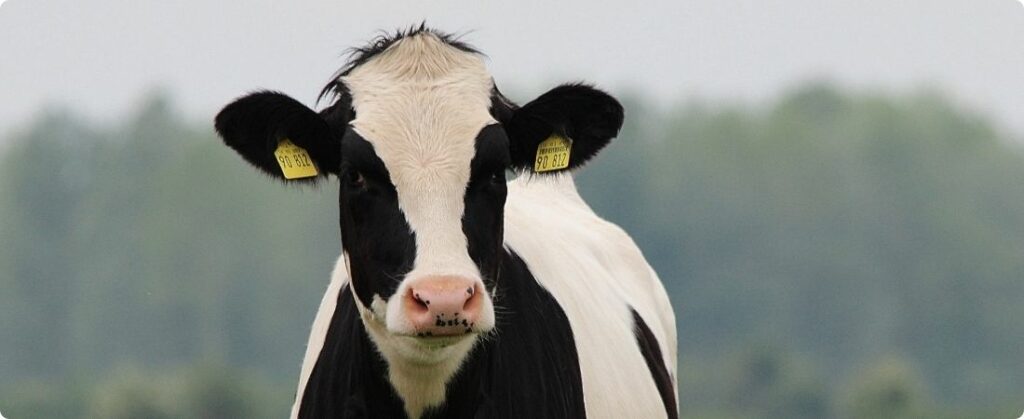
A climate catastrophe which occurred in May in Rio Grande do Sul caused major losses in agriculture in Rio Grande do Sul, including dairy farming. However, in addition to the disaster, the autumn period of 2024 recorded high relative humidity and large temperature variations, causing discomfort in the animals and harming dairy production.
These are the results of the analyzes in Agrometeorological Communiqué 71 – Autumn 2024, by the Department of Agricultural Diagnosis and Research (DDPA/Seapi).
The Announcement analyzes the meteorological conditions that occurred during the period, such as rainfall, temperature and air humidity. The Temperature and Humidity Index (ITU) documents ranges of thermal comfort and discomfort in animals, estimating impacts on milk production.
The floods in May killed animals and affected the collection and sale of milk, preventing milking and access to properties.
Thermal stress and drop in milk production in RS
“Added to this enormous loss, the weather conditions that occurred in autumn caused episodes of thermal discomfort to animals in some regions of the state, especially in the month of March. It is another factor contributing to the estimated drop in milk production in Rio Grande do Sul during this period”, details researcher Adriana Tarouco, one of the authors of the Communication.
Air temperatures, relative air humidity and high thermal amplitudes led to thermal stress situations throughout the quarter, especially in March. “Only 49.7% of this month's period were the animals in thermal comfort. There were even dangerous situations for the lives of animals in 6.6% in March”, says the researcher.
The São Borja/Baixo Vale do Uruguay region stood out for the lowest percentage of hours in the quarter in which the animals were in thermal comfort, reaching only 28.9%. Furthermore, five municipalities recorded values below 40% in March. In April, only three municipalities recorded percentages lower than 60%. However, in May, the percentage of hours in thermal comfort were greater than 80% in all regions.
Climate impacts
Adriana states that, for cows with daily production between five and 20 kilos, the greatest losses occurred in females that produce 20 kilos per day in Campo Bom and Uruguaiana, with a reduction of 3.9 kilos of milk per day in March, and in Santa Maria, with a reduction of four kilos per day in May. Fall 2024 weather conditions have raised estimates of a drop in daily milk production, especially in higher productivity cows.
In Vacaria, cows that produce between 25 and 40 kg of milk per day recorded a decrease of 2.4 kg. In Santa Maria, in May, the daily production of cows weighing 40 kg fell by 6.9 kg.
Furthermore, in 10 of the 16 municipalities evaluated (62.5%), estimates of a drop in production exceeding six kilos per day were observed for females with an average production of 40 kilos per day in March, the period in which the lowest percentage was recorded hours of thermal comfort for the animals. “In these locations, rural producers needed to take management measures to avoid losses in milk production and reduce economic losses”, concludes the researcher.
Source: Notícias Agrícolas












